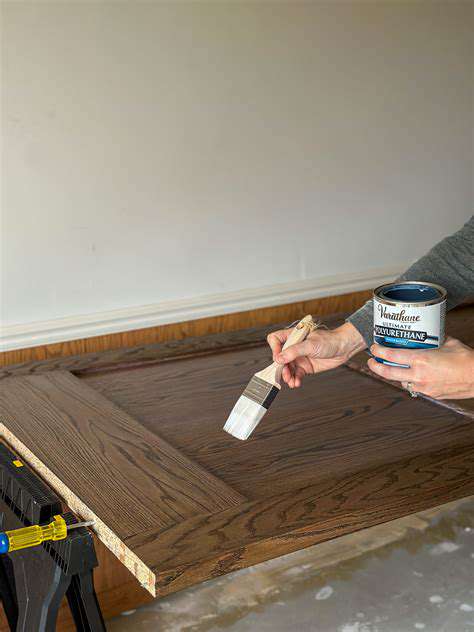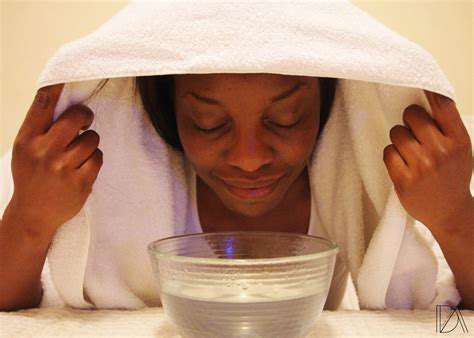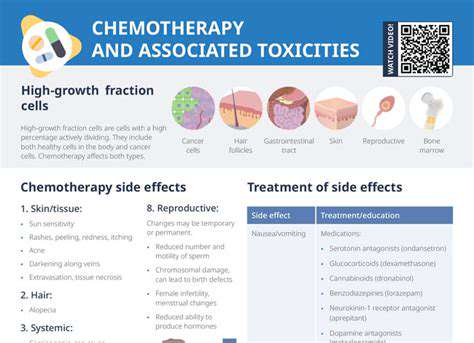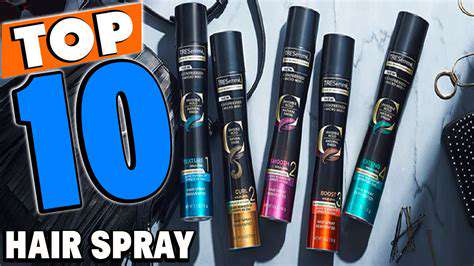How to Do a French Manicure At Home
Preparing Your Nails: The Foundation for Perfection
Choosing the Right Tools
Getting the perfect manicure starts with selecting professional-grade tools. A complete manicure kit should contain sharp clippers, precise nippers, and an ergonomic cuticle pusher to shape nails effectively. Quality tools make all the difference in achieving salon-level results at home. The right nail file matters too – coarse grits for shaping, fine grits for smoothing.
Organization is equally important. Set up a dedicated workspace with all supplies within easy reach. A clean, well-lit area with a comfortable surface allows for better control during application. Keep alcohol wipes nearby for quick cleanups between steps.
Nail Shaping and Preparation
Shape matters more than most realize. Always file nails in single-direction strokes to prevent splitting. For natural-looking French tips, aim for a soft square or rounded shape. Rushing this step leads to uneven edges that show through polish.
Cuticle care requires finesse. Soak nails in warm water first to soften skin. Use the pusher at a 45-degree angle to gently lift cuticles without tearing. Apply cuticle oil immediately after to keep the area hydrated.
Removing Old Polish (If Necessary)
Skip the cotton balls – lint-free pads work better for clean removal. Press the soaked pad against each nail for 20 seconds before wiping to minimize scraping. For stubborn glitter polish, try the foil wrap method with remover-soaked cotton.
Always follow with a nail dehydrator before base coat application. This removes oily residues that cause premature chipping.
Applying a Base Coat
Don't skip this critical step! A quality base coat prevents yellowing and fills minor ridges. Apply in three strokes - center, left side, right side - leaving a tiny margin at the cuticle. Let it dry completely (at least 2 minutes) before proceeding.
Applying the French Tip Color
Steady hands come from proper positioning. Rest both wrists on the table with pinky fingers touching for stability. Use the brush's edge to stamp the white polish at the free edge first, then fill in. Practice makes perfect - start with wider tips that are easier to control.
Finishing Touches and Maintenance
Seal the deal with a quick-dry top coat. Apply it slightly over the polish edges to wrap the tips for extra protection. For longest wear, reapply top coat every 2-3 days. Keep hands moisturized but avoid oils near polish - they break down adhesion.
Applying the Base Coat and White Tip
Preparing the Nails
Meticulous prep separates amateur from pro results. After shaping and buffing, use a lint roller on nails to remove dust. This prevents tiny bumps in the polish. The smoother the surface, the longer your manicure lasts.
Choosing the Right Base Coat
Match your base coat to your nail type. Hardener formulas for weak nails, ridge fillers for textured nails, or rubberized bases for better adhesion. For French manicures, slightly tinted bases create a more natural nail bed illusion.
Applying the Base Coat
Temperature affects application. Cold polish goes on thick and streaky. Warm the bottle in your hands for 30 seconds first. Apply in thin layers - thick applications take forever to dry and chip easier.
Curing the Base Coat
LED lamps cure faster (30 seconds) than UV (2 minutes). But ensure full curing - under-dried bases cause shrinkage and peeling. Test by gently pressing a nail - if it leaves a mark, cure longer.
Preparing for the White Tips
Clean up any base coat mistakes with a small brush dipped in acetone before proceeding. This creates crisp edges for the white tips to follow.
Applying the White Tip Polish
White polish shows every mistake. Use the side of the brush, not the tip, for straighter lines. If you slip, let it dry completely before fixing with a cleanup brush - wet polish smears easily.
Finishing Touches and Maintenance
Wait at least 5 minutes between color and top coat to prevent dragging. For extra shine, apply a second top coat the next day. Avoid hot showers or washing dishes for 12 hours after application.

Adding a Polished Finish
The final steps transform good manicures into great ones. Professional techniques make all the difference. A proper top coat application can extend wear by 3-5 days. Apply it while slightly tilting the nail to prevent pooling at the cuticles.
Ensuring Consistency
Check each nail from multiple angles under bright light. Inconsistent thickness or missed spots become obvious under different lighting. Touch up any thin areas immediately.
Fine-Tuning Details
Use an orangewood stick wrapped in cotton to clean polish from cuticles without disturbing the manicure. For super-sharp edges, dip a tiny brush in acetone and trace along the skin.
Material Selection and Application
Not all top coats work equally. Gel-like formulas provide the highest shine but may require special remover. Quick-dry versions prevent smudging but can shrink. Choose based on your priorities.
Finishing Techniques
For ultimate durability, wrap the tips by swiping top coat along the free edge. This seals the most vulnerable part of the manicure. This simple trick adds 2-3 extra days of wear.
Quality Control Measures
Inspect daily for early signs of wear. Tiny chips can be fixed with a small brush before they spread. Keep your top coat handy for quick touch-ups.
Maintaining Your French Manicure: Tips for Longevity
Preparation is Key
Longevity starts before application. Hydrated nails hold polish better. For best results, moisturize nightly for a week before your manicure. Well-conditioned nails are less likely to chip or peel.
Choosing the Right Polish
Look for long-wear or gel-effect formulas. These contain more flexible polymers that move with your nails instead of cracking. The extra $2-3 per bottle pays off in reduced touch-ups.
Application Technique Matters
Thin layers outperform thick ones. Apply two thin coats of white instead of one thick one. This prevents shrinking as it dries and creates more durable tips.
Maintaining the Manicure
Wear gloves for all wet work - even washing your face. The 1 manicure killer is prolonged water exposure. Keep a small bottle of cuticle oil in your bag for daily hydration.
Protecting Your Investment
Schedule activities strategically. Get your manicure 2-3 days before big events, not right before. This gives time for the polish to fully harden and for any minor fixes.
Read more about How to Do a French Manicure At Home
Hot Recommendations
- Grooming Tips for Your Bag and Wallet
- Best Base Coats for Nail Longevity
- How to Treat Perioral Dermatitis Naturally
- How to Use Hair Rollers for Volume
- How to Do a Graphic Eyeliner Look
- Best DIY Face Masks for Oily Skin
- Guide to Styling 4C Hair
- Guide to Improving Your Active Listening Skills
- How to Fix Cakey Foundation
- Best Eye Creams for Wrinkles

![Review: [Specific Plus Size Clothing Brand] Fit and Style](/static/images/29/2025-05/ValueforMoney3AABalancedApproach.jpg)









